Many aquarists toy with the idea of keeping a crab in their fish tank but are deterred by the lack of information on what a captive crab eats in fish tanks. This comprehensive guide will teach you everything you need to know about the diet of crabs in aquariums so that you can make an informed decision about whether a crab is the right pet for you!
What Do Crabs Eat In The Wild?
Most crab species are omnivorous and subsist on a diet of algae and meaty foods. The types of materials they will consume vary depending on their species and environmental factors, such as water type and salinity, but some of the most common food for crabs to eat in the wild include:
- Algae
- Kelp
- Aquatic plants
- Animal Carcasses
- Live Seafood
- Insects and Insect Larvae
In general, the food you feed your pets in the crab tank should mimic the natural diet of most wild crabs as closely as possible. Variety is also key so that they have all the nutrition they need!
Feeding Your Crab In The Fish Tank
You’ll need to be very careful when feeding your crab, as they can be quite aggressive and you don’t want them turning on their tankmates instead of their foods!
The most common food types that are suitable for fish tanks include:
Frozen Seafood
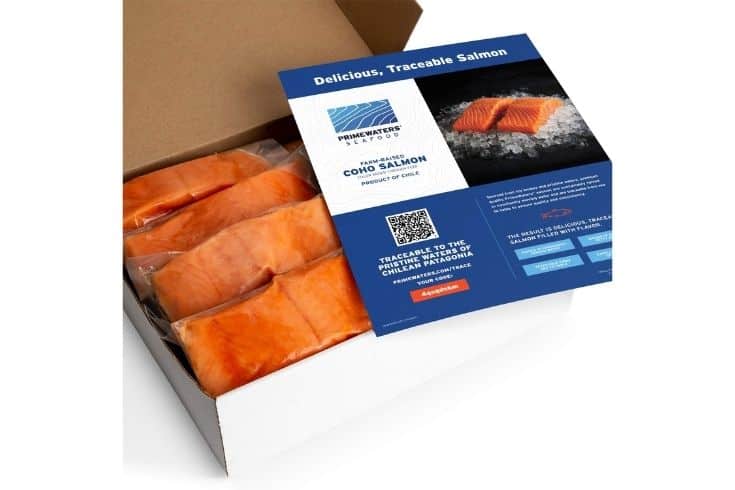
Frozen seafood is great for a number of reasons – firstly, the meaty seafood that it comes packed with is both nutritious and tasty, making it ideal for satisfying your crab’s hunger. Furthermore, unlike live foods, you don’t have to worry about potential illnesses being transferred.
However, the main reason why frozen seafood is so great for crabs is because of its convenience – it can be stored in the freezer to be used whenever it’s needed and doesn’t require any additional preparation. Just defrost and feed!
One thing to note is that when buying frozen food for your crabs, look out for any preservatives, such as Ethoxyquin or Sodium Benzoate in the ingredients list. These chemicals are often added to prevent the food from spoiling and should be avoided in foods that you feed your fish or crustacean pets.
Live Seafood
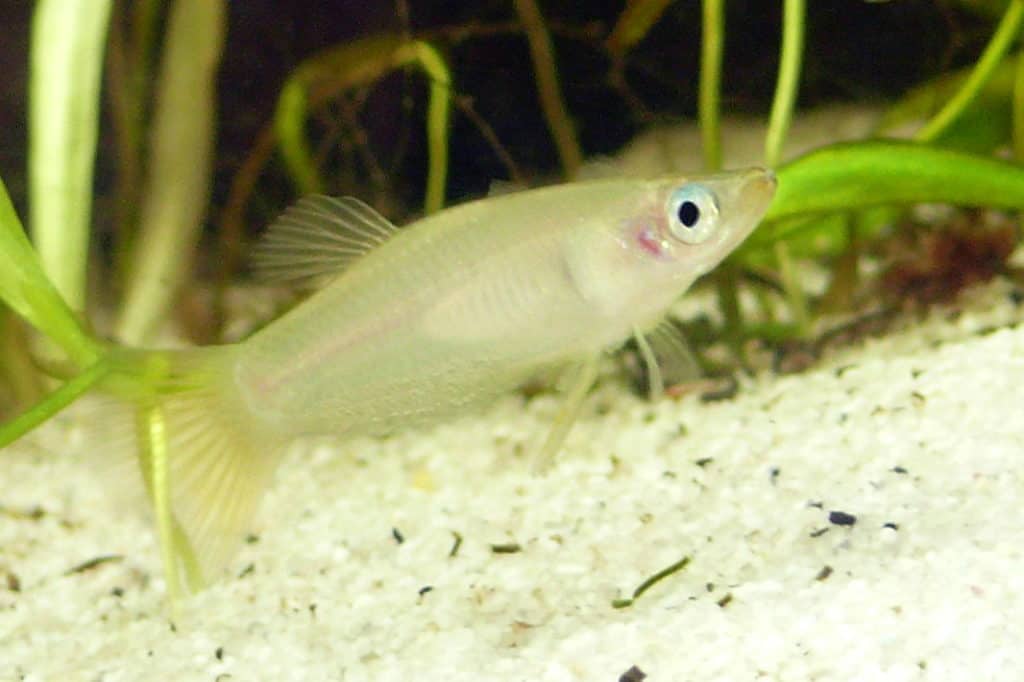
Feeder fish or aquarium fish that you’re not using anymore will work great for feeding your crabs. They’re especially fond of livebearer fry, so if you’ve just given birth to a litter try dropping them in the tank with your crabs.
As a word of warning though, you might not want to feed them any guppies or mollies that have been living in the tank already, as these fish are known for carrying parasites that could cause problems in your crab. In addition, you should avoid feeding your crab dead fish, as these expose your crab to diseases.
Apart from using fresh fish as food, you can also feed your crab with live seafood such as snails and shrimp. Be warned though that if you do this, you need to use caution when retrieving the food items after they have been consumed, as it’s quite likely that your crab will still be looking for more!
Brine Shrimp
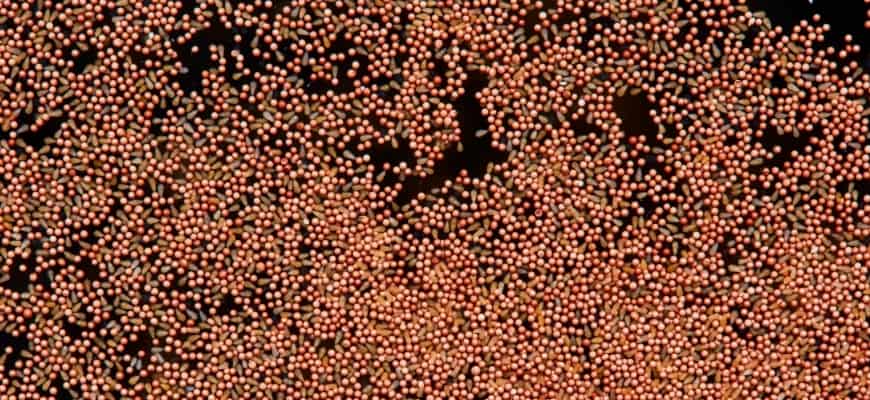
Brine shrimp are another great food to use if you have a tank full of crustaceans. They’re packed with nutrients and minerals, which are essential for crabs and provide them with a largely nutritious meal.
Brine shrimp can be bought from most local aquatic retailers, and come either as live adults or as larvae. If you’ve decided to go for the adult variety, simply drop one or two into the tank every now and then – they’ll usually immediately start reproducing so within a few days you’ll have a bunch of shrimp to feed your crabs with.
Larvae, on the other hand, need some slightly more work before they’re ready to be fed – you’ll need to grow them yourself! To do this, simply buy some brine shrimp eggs online (you can usually get them for about $15), and put them into a brine shrimp hatchery. Within a few days, you should have a bunch of freshly grown larvae to feed your crabs with!
Mysis Shrimp
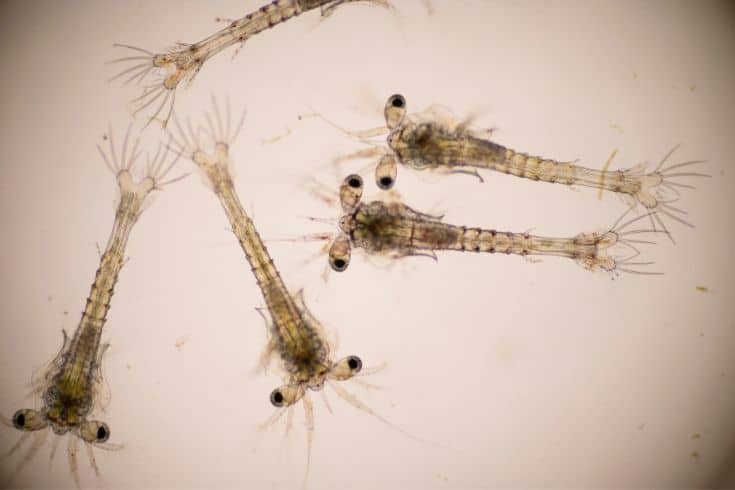
Much like brine shrimp, Mysis shrimp are another great option for feeding your crabs. They’re very high in protein and work well as a treat to brighten up the dullness of staple food like TetraFin flakes or Hikari Crab Cuisine.
Mysis can be bought from your local aquatic retailer, or you could also order them online. The best thing about Mysis shrimp is that you can feed them to your crabs when they’re still in the shell, so there’s no need for additional preparation to be done before feeding time!
One thing to note though is that Mysis shrimp are only available during certain times of the year, so you might need to search around a bit if you can’t find them locally.
Bloodworms
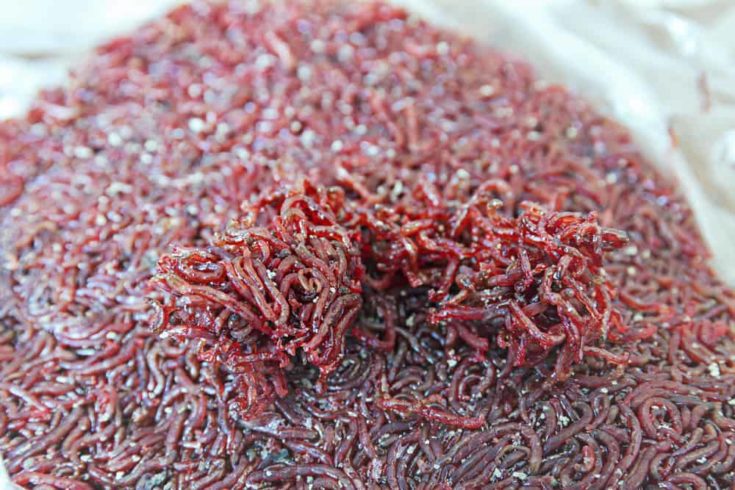
That’s right – if you’ve ever fed livebearer fry to your fish then chances are that the bloodworms you used came from a local aquatic retailer! Bloodworms are very nutritious and easy to use, so they make excellent crab food.
Just squish a few out of their container and feed them to your crabs, or you could also try feeding them dried bloodworms which you can buy from most pet stores. They’re very cheap and available in several different sizes – just be sure to purchase the right size for your crabs!
Sometimes, parasites can be carried by bloodworms, so if you do decide to feed your crabs with them then it’s a good idea to give the worms a quick rinse first.
Crustacean Pellets
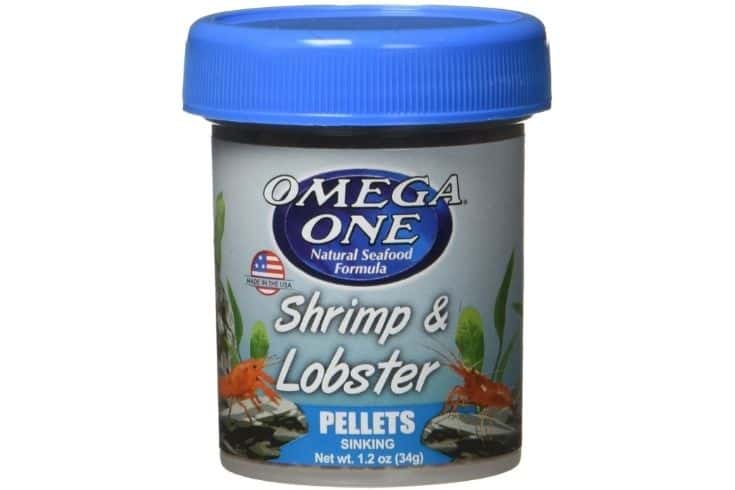
Crabs typically consume other crustaceans in the wild, so it makes sense to feed them a similar food source in the fish tank as well! Crustacean pellets come from either shrimp or krill and make for a great crab food, as they’re high in protein and minerals.
The best part of using these pellets as crab food is that they have a relatively long shelf life compared to other foods, so you don’t have to worry about replacing them as often. In most cases, they’re also packed with all the nutrients crabs need so you won’t have to worry too much about them missing anything in their diet.
If your crab is a large breed then just stick with big pellets, and if it’s small then you can get the smaller sized ones. Look around for whichever brand your local aquatic retailer stocks the most of – I personally prefer using Zoo Med’s Krill and Shrimp Pellets, but Hikari also has some great options available too!
Algae Wafers
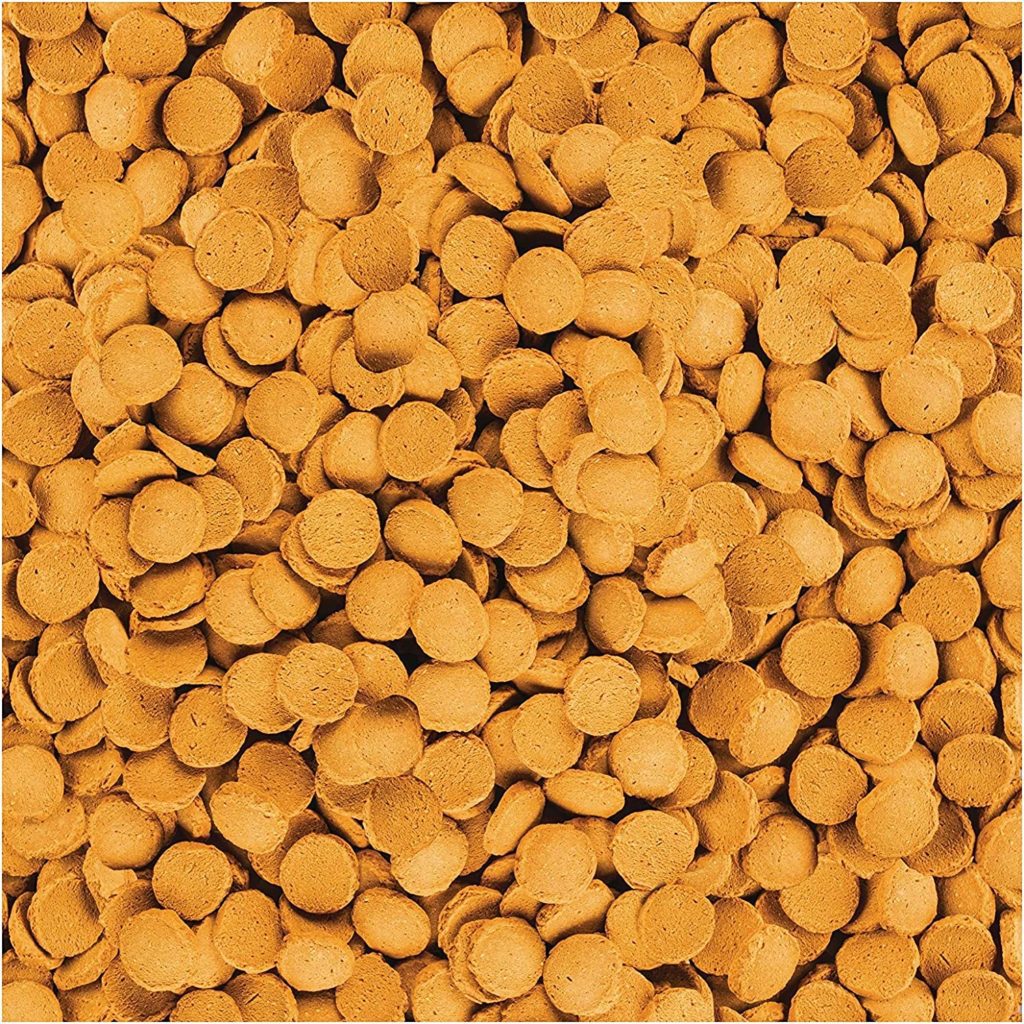
Algae wafers are another really great choice if you’re looking to supplement your crab’s diet. High in fiber, algae wafers make an excellent staple food for any crab, and they also provide them with a source of healthy vegetable matter too. The fact that many crabs forage for aquatic algae in their natural habitats makes this a food source they’re used to.
Most crustacean wafers come from the Macrocystis Pyrifera seaweed, which is one of the most common types of seaweed found in oceans around the world. The seaweed is gathered, dried, and ground into a powder before being shaped into wafers – pretty neat, right?
Just like with any other type of pelleted food, make sure you purchase the correct size for your crab and that you give the wafers a quick rinse before feeding them to your crabs.
Aquatic Plants
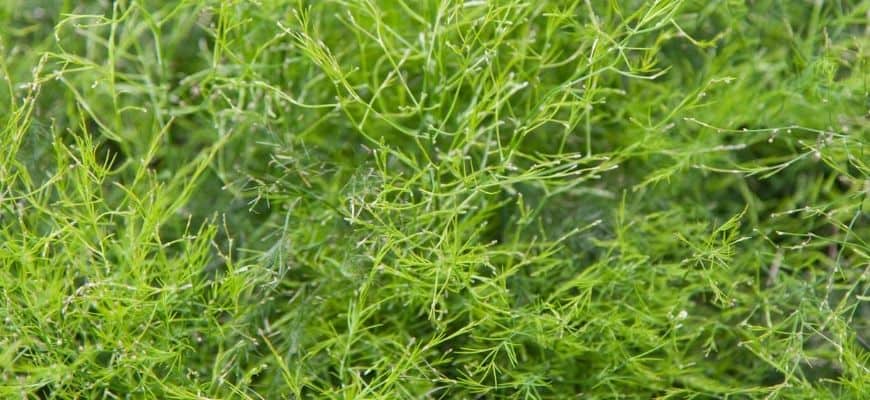
Some crabs are incredibly curious about their aquatic plants, so if you have any then it’s likely that your pets will want to investigate the foliage in your fish tank.
If they’re anything like mine then they’ll probably rip them up and try to eat the pieces too! As long as there are no chemicals used on or near the leaves of your plant, then they will be safe for crabs to eat.
There are plenty of aquatic plant species that are suitable for marine aquariums so you shouldn’t have too much trouble finding one! If you do happen to notice unusual behavior in your crabs after feeding them with leaves from aquatic plants then it’s advisable to stop doing so immediately.
Lean Meat
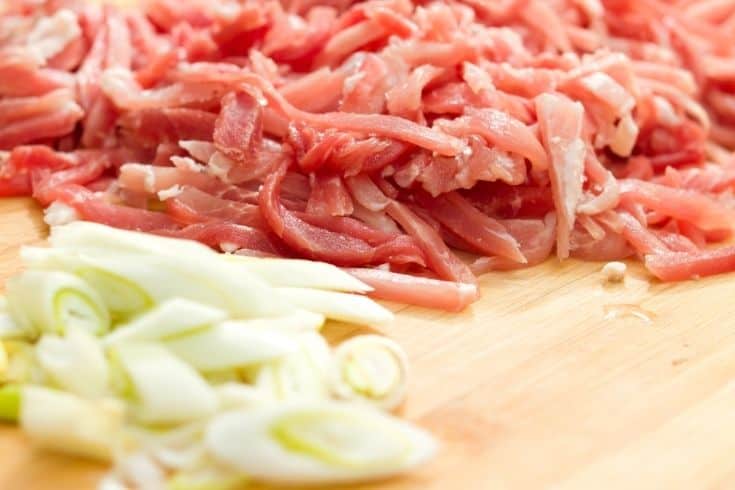
Lean meat, such as beef or chicken, can be used to supplement your crabs’ diet. The best part is that there are actually several ways of serving them this food – you could either serve it raw, cook it in boiling water for a few minutes to kill any parasites, or steam it.
Remember to remove any bones from the meat before serving it up to your crabs, and be warned that this shouldn’t really form the staple of their diet! While it’s a great way of adding protein to their overall intake, you shouldn’t serve them too much because it’s not very energy efficient.
Like any other meat, be sure to purchase it from your local supermarket or butcher so you know that there are no chemicals on or near them. Also, remember that if you’re cooking the meat then make sure you do so thoroughly. Undercooked or raw meat can carry parasites that are deadly to your crabs!
Unsweetened Cereal
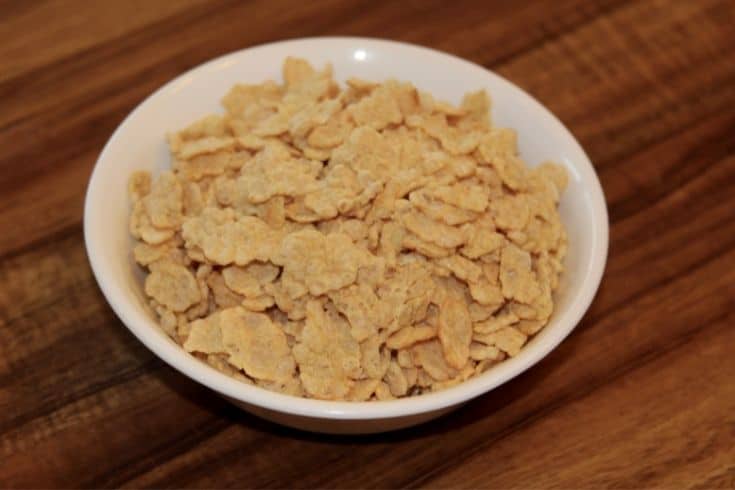
Though not technically a food source, your crabs might enjoy chowing down on some dry cereal too! There are many different types of this food available in most supermarkets, but be sure to avoid cereals that contain added sugar (for example, Lucky Charms and frosted flakes are a no-go).
If you do want to give them some cereal then make sure the first ingredient listed is “whole wheat” or “bran”, and that the cereal is unsweetened. In my experience, most crabs will ignore cereal until it gets soggy in their water – then they’ll chow down!
Unsweetened cereal is one of many different types of minimally processed carbohydrate sources that you could give your crabs. Other examples include rice, puffed popcorn (unseasoned), and you could even give them some pasta too.
Calcium
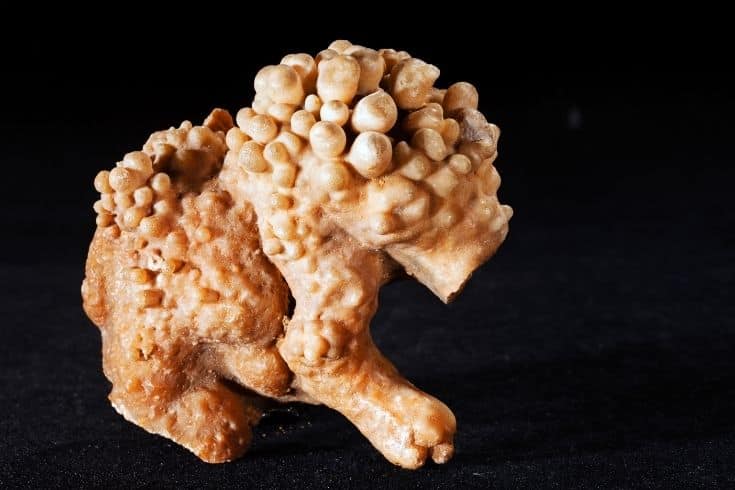
All crabs have exoskeletons, which are made from a tough but porous form of calcium carbonate. If you don’t give your crabs the correct amount of calcium then their skeletons won’t grow properly, and in worst-case scenarios, it can even cause them to lose their limbs!
Some good sources of calcium include a crushed coral substrate, eggshells (including the shells themselves, and also the whites), oyster shells, cuttlebone, and any other types of calcium-rich rock or mineral. Your pet will absorb the calcium best if you first crush it up into a powder.
Like with many things in your crabs’ tank, it’s best to purchase most of these items from a reputable pet store so you know that they haven’t been treated with chemicals. Otherwise, buying them online will give you plenty of choice in terms of price and where you get them from!
Final Tips
For your crabs to remain healthy then it’s important that you give them plenty of varied foods on a regular basis. Try not to feed them the same food all the time, and remember that they should be able to eat anything within reason (meaning no chocolate or other toxic substances).
Also, make sure your crabs have access to some good hiding spots, so they can get away from any predators (such as snails) if necessary. Like with humans, the more comfortable your crabs are then the more likely they’ll enjoy living in their tank. So, if you want your pets to be happy then try to decorate their tank in a way that they’ll enjoy!
Finally, remember that crabs are filter feeders – this means they don’t need to eat every day, instead their survival depends on the food that they’ve eaten in the past. Providing them with a high-quality diet will help ensure your pets grow into strong and healthy adults.
Conclusion
We hope you’ve enjoyed this article about what crabs eat! Crabs are fascinating creatures that can be quite fun to keep as pets. We would definitely recommend giving them a try if you’re looking for an interesting new pet. Just remember to always research your specific type of crab before you buy it, so you know what’s required of their care.
We hope you’ve found this article helpful! If you have any additional questions or comments then please leave them in the section below – we’ll get back to you as soon as possible! And if you found this article helpful then please help us out by sharing it on social media! See you next time, and good luck with your crabs!
